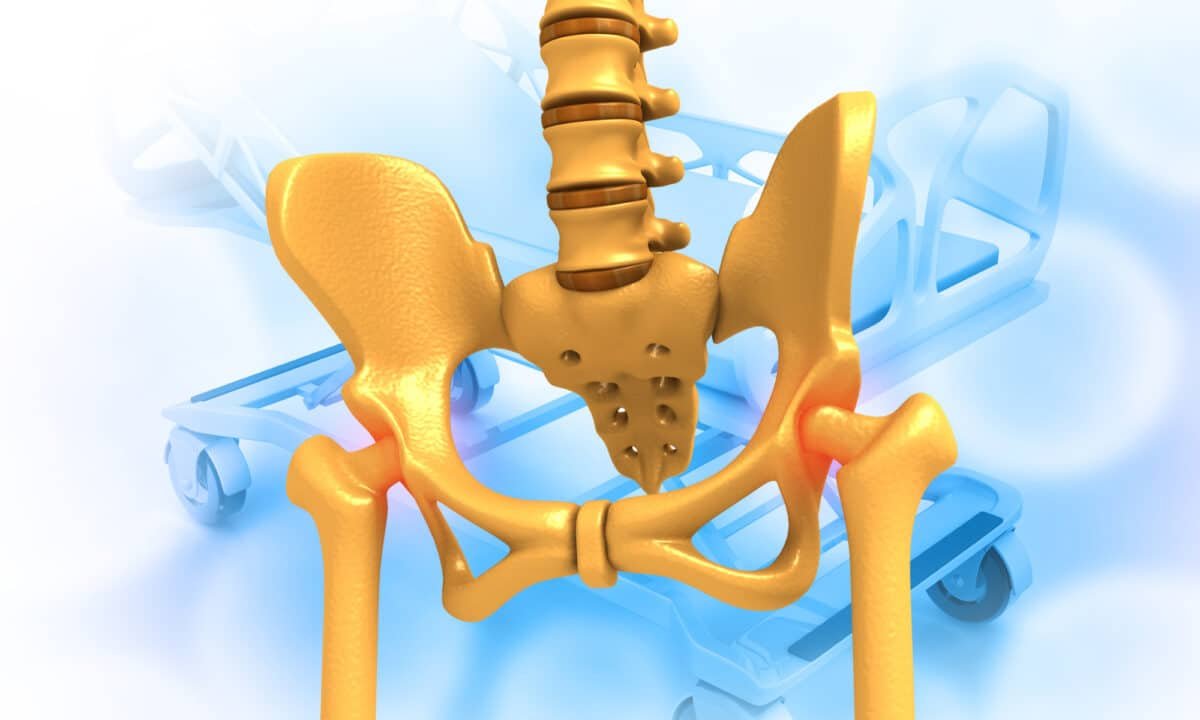Younger Adults Getting Hip Replacements On The Rise


According to the American College of Rheumatology, nearly half a million people in the United States get a hip replacement each year. And that number is only going to increase as our population ages. But hip replacements aren’t just for those adults in their 60s or 70s anymore.
Why More Younger Adults Are Getting Hip Replacements
Younger adults are often involved in high-impact sports or physically demanding jobs, which can speed up the wear and tear on joints. In addition, new and improved imaging technology can identify joint issues earlier, leading to quicker interventions. People are interested in quality of life. So, they’re electing to get these procedures done earlier. There are a variety of reasons that lead people to opt for a hip replacement.
Arthritis
The top reason that people in their 40s and 50s are getting hip replacements is due to arthritis, specifically osteoarthritis. Injuries from sports or motor vehicle accidents can commonly lead to arthritis.
For some patients, arthritis will have started earlier than expected. A history of injuries is a major culprit — since injury can lead to arthritis down the road.
Hip dysplasia
For people in their 20s and 30s, having a condition called hip dysplasia can lead to needing a hip replacement earlier. In people with this fairly rare condition, their hips may not have developed quite right during infancy or childhood. This malformation can then lead to arthritis at a moderately young age.
Avascular necrosis
In people with this condition, the blood supply to the hip dies out. Avascular necrosis leads to early failure of the hip. In some cases, the cause of this condition is unknown. However, it sometimes occurs in people with:
- Diabetes
- History of drug or alcohol use
- History of smoking
Long-term steroid use
The other group that might require a hip replacement at an earlier age are those who have been on long-term (chronic) steroid medication to treat a health condition such as asthma or a rheumatoid condition.
When To Consider Hip Replacement
Healthcare professionals generally consider a hip replacement as an elective procedure. If you need a hip replacement, you’ll have a detailed discussion with your healthcare provider to weigh the advantages and disadvantages. In most cases, you’ll explore less invasive therapeutic alternatives before considering surgery. If the hip pain is affecting quality of life, we’ll consider hip replacement as an option.
At the same time, undergoing a hip replacement procedure is a tradeoff. That’s because artificial joint replacements typically last about 20 years. Therefore, if a person in their 40s or 50s undergoes a joint replacement, it’s very likely they’ll have to undergo at least one more procedure to replace that same joint again in their lifetime.
What To Expect With Hip Replacement
The hip is a ball-and-socket joint. In hip replacement surgery, the orthopedic surgeon removes the ball and socket and replaces them with an implant made from metal (titanium, most often) or high-grade plastic.
The procedure itself typically takes about an hour. For younger and generally healthy individuals, surgery will likely be an outpatient procedure and most can return home the same day as surgery. Many can resume low-impact exercise, such as walking, biking or swimming, soon after surgery. And those with office jobs can get back to work within a few days.
Advancements in hip replacement procedures
The biggest advancements in recent years are the improvements in the quality of hip materials and the hope that those implant materials will last longer.
Surgeons can also perform much less invasive procedures than they were 20 or 30 years ago, with smaller incisions (cuts) and quicker recovery times.

